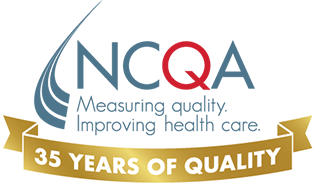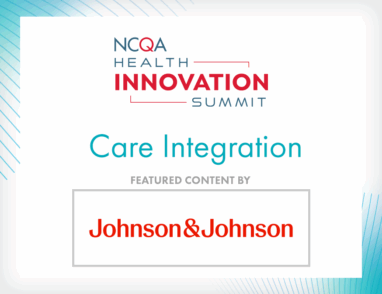Three Key Questions for Unlocking the Power of Clinical Data
October 31, 2025 · Guest Contributor
Industries from finance to travel are unlocking simultaneous breakthroughs in quality and efficiency through interoperability. Achieving the data liquidity needed to realize comparable breakthroughs in health care, however, is complicated by unique attributes of clinical data and health care data management.
In particular, clinical data must be integrated with operational and financial data—which has long been managed in separate silos—and with clinical data from other sources. Health care leaders who hope to fully unleash the power of clinical data to improve quality, care management and consumer experience must pursue a strategy that addresses the following considerations.
How is information from disparate data sets and streams accurately matched to individual members or patients?
Since the U.S. does not have universal patient identifiers, health care organizations must integrate claims and clinical data from multiple systems, with dueling formats for capturing patient information. This often leads to duplicate records and data gaps that can undercut quality and productivity. According to Black Book Research, 35% of all denied claims result from inaccurate patient identification or information.
An enterprise master person index should help overcome this challenge by drawing on an array of referential data, using both deterministic and probabilistic logic to match records and providing automated tuning tools to adjust algorithms for an organization’s unique needs.
How do legacy systems—from quality to care management to claims administration—talk to each other electronically?
Health care cannot afford to wait for industrywide adoption of FHIR® to integrate clinical and administrative data. While FHIR is the right goal, we are in the early stages of this migration. The systems embedded in most organizations use multiple formats and standards; upgrading or swapping out these complex, costly systems will be a decade-plus endeavor. Additionally, there is variation in how FHIR standards are implemented in each organization and system, and the Implementation Guides published by the HL7® Da Vinci Project continue to evolve.
To overcome this challenge, organizations’ data stacks must include a powerful data transformation engine that can support FHIR, HL7 v2, DICOM and IHE profiles; parse and pressure test incoming data feeds; and process high volumes of data in disparate standards and formats in real time.
How is information ingested from data streams for a specific purpose made readily available for multiple use cases?
Even successful data integration efforts too often focus on narrow use cases, forcing other departments and functions to recapture and normalize overlapping data elements. Silos are a lose-lose situation. Valuable information in data streams not relevant to an immediate use case is left on the cutting-room floor, while ancillary data that could have informed a critical decision is not considered.
To overcome this challenge, a comprehensive, health care-specific data model should anchor all components of a data integration strategy. The model must include fields to store all data elements relevant to the larger enterprise, in formats that can be easily utilized.
There is an enormous potential for data integration to transform care delivery. To achieve its promise, we must rethink long-standing data practices unique to our industry.
This blog is authored by InterSystems, and the views expressed are solely those of InterSystems.
HL7® and FHIR® are the registered trademarks of Health Level Seven International and their use does not constitute endorsement by HL7.







